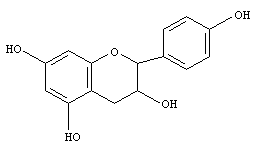In many parts of the world the calyces of H. Sabdariffa are used to make hot and cold beverages (Mozaffari-Khosravi et al., 2009). Today, the plant is one of the most common ingredients in many herbal tea blends sold in the United States (McKay, Chen, Saltzman, & Blumberg, 2010). While the hypertension study by McKay et al. (2010) provided participants with Hibiscus tea prepared from 1.25g of ground, dried calyces, Herrera-Arellano et al. (2007) prepared a standardized amount (250 mg) of anthocyanins from dried calyces, which was then dissolved in 250 mL of water. The anthocyanins delphinidin 3-sambubioside and cyanidin 3-sambubioside, which are both flavonoid pigments, were suggested as the active constituents contributing to the anti-hypertensive effects of H. Sabdariffa in the two studies above (Herrera-Arellano et al., 2007; McKay et al., 2010). The plant contains many other chemical components, including alkaloids, β –carotene, citric acid, pectin, and stearic acid (Mozaffari-Khosravi et al., 2009).
 |
| Basic structure of anthocyanins. Source: http://www.mobot.org/mobot/research/apweb/top/chemicals/anthocyanin_base.gif |
No comments:
Post a Comment